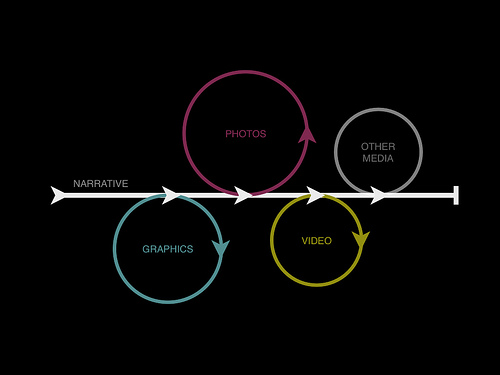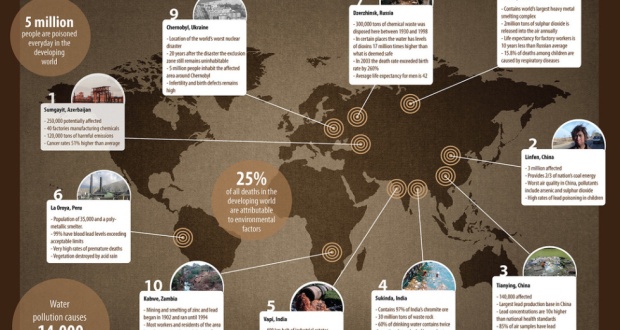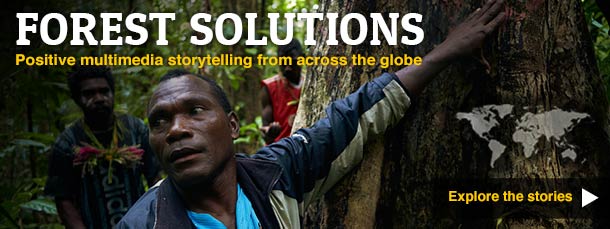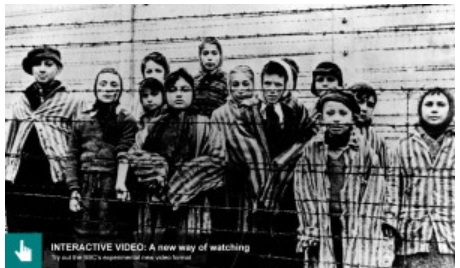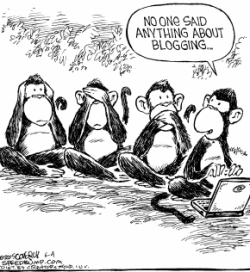Thinking about quitting your day job? This may be some inspiration for you. Apparently, quite a few lifestyle “YouTubers” are raking in more money in a month than a lot of people make in a year. AdAge estimated the monthly earnings of some of the top vloggers (video-bloggers) on YouTube, and then ranked them. And, these video-bloggers, many of them are twenty-something’s or younger, are pulling in insane cash flow.
Most of the more successful vloggers are focused on lifestyle, fitness, and beauty tutorials. On the beauty side, a vlogger named Yuya is the top earner, making over $41,000 per month. By comparison, according to Fashionista’s 2014 survey on jobs in the fashion industry, a copy editor on a successful magazine makes a little more like $40,000 a year. Grav3yardgirl and Zoella, also female lifestyle vloggers, round out the top three, bringing home $32,000 and $27,000 monthly, respectively.
Every country has their own YouTube stars. There’s a similar trend in Asia with vloggers who make just as much money as the aforementioned ones in the US.
For example, Kanna and Akira are two Japanese sisters who, with their parents’ help, make videos of themselves playing with and using a variety of toys and make-it-yourself candy and baked goods.
These young YouTuber’s have an impressive $165,000-$1.65 million estimated yearly income after YouTube’s 45% cut, 265,000 total subscribers, and 403 million total views.
It’s incredible because a vlogger never really creates products unless they’re a DIY kind of vlogger, but they share tips and bascially build their own fan-base that follows them purely for their thoughts and tutorials and opinions.
A survey conducted by Variety last year found that YouTube stars scored significantly higher than traditional celebrities across a range of characteristics and were considered to have the “highest correlation to influencing purchases among teens. YouTubers were judged to be more engaging, extraordinary and relatable than mainstream stars, who were rated as being smarter and more reliable”, the magazine reported.
Where does all this money come from? Aside from advertising, plenty of these vloggers have endorsement deals and side projects. Zoella, for example, released her first novel last year, with a second one already in progress.  And, of course, there are all the paid placements and appearances. The vlogger industry is a difficult market to crack of course, but one that is incredibly lucrative once you do.
And, of course, there are all the paid placements and appearances. The vlogger industry is a difficult market to crack of course, but one that is incredibly lucrative once you do.
To put it simply, it’s really all about how many viewers you can draw in and YouTube pays these vloggers out based on their view count because they include ads in their uploads. Once these vloggers obtain a certain amount of channel subscribers and views per video, they also get to use facilities provided by YouTube to film their videos. Most of these viewers/fans are teenagers or women in their early 20’s gushing in their comments about how they want to be like the vlogger, meet them, or say all kinds of things anything to get these YouTuber’s to acknowledge them. Zoella can upload a video talking about her day, what she ate for dinner, what time she went to sleep last night, etc. and you can be sure that video will have more than a million views in a matter of a couple days. 

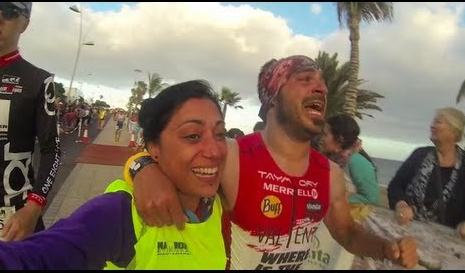

 To be able to spread your message to so many people, to be your own boss creating
To be able to spread your message to so many people, to be your own boss creating 
